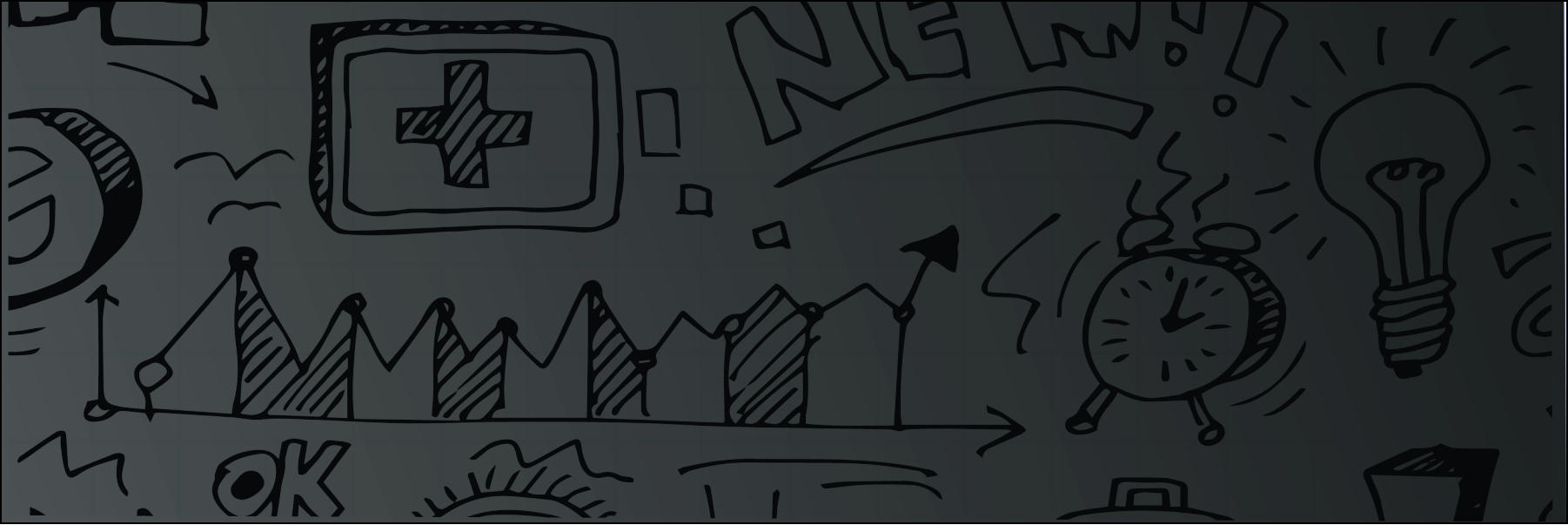Naming
 At Mass Enthusiasm, we believe naming a company is more than just picking something that sounds good—it’s about crafting a name that captures the heart of your brand. Our process blends creativity, strategy, and deep research. We start with collaborative brainstorms that focus on your mission, values, and audience, then refine options that are memorable, easy to say, and built to last. Every name we develop is carefully vetted for trademark and domain availability to ensure it’s not only unique, but ready to thrive in the digital world.
At Mass Enthusiasm, we believe naming a company is more than just picking something that sounds good—it’s about crafting a name that captures the heart of your brand. Our process blends creativity, strategy, and deep research. We start with collaborative brainstorms that focus on your mission, values, and audience, then refine options that are memorable, easy to say, and built to last. Every name we develop is carefully vetted for trademark and domain availability to ensure it’s not only unique, but ready to thrive in the digital world.
Logos
We see logo design as a powerful opportunity to visually define your brand. It starts with getting to the heart of who you are—your mission, values, and audience—so we can create something that truly reflects your personality. From there, our designers explore a range of concepts, playing with shape, typography, and color to bring your story to life. We aim for logos that are clean, memorable, and flexible—built to shine across digital and physical spaces alike. Through collaboration and thoughtful refinement, we craft a final mark that feels authentic and leaves a lasting impression.
Website Design
 At Mass Enthusiasm, building a website is all about creating a seamless digital experience that reflects your brand and drives results. We start with strategy—mapping out your site’s structure, identifying key pages, and defining goals like boosting engagement or converting visitors into customers. From there, our design team gets to work crafting a look and feel that aligns with your brand identity, while our developers bring it all to life with clean, responsive code that works beautifully across every device. We layer in content that tells your story and apply smart SEO tactics to help people find you. After careful testing and fine-tuning, we launch your site—fully functional, on-brand, and ready to make an impact.
At Mass Enthusiasm, building a website is all about creating a seamless digital experience that reflects your brand and drives results. We start with strategy—mapping out your site’s structure, identifying key pages, and defining goals like boosting engagement or converting visitors into customers. From there, our design team gets to work crafting a look and feel that aligns with your brand identity, while our developers bring it all to life with clean, responsive code that works beautifully across every device. We layer in content that tells your story and apply smart SEO tactics to help people find you. After careful testing and fine-tuning, we launch your site—fully functional, on-brand, and ready to make an impact.
Package Design
Our package design process is where creative storytelling meets practical strategy. We begin by diving deep into your product and brand identity to design packaging that captures attention on the shelf and builds connection at first glance. Our team explores concepts using intentional color palettes, typography, and visuals that align with your brand voice and appeal to your target market. From there, we develop functional prototypes to ensure every element—from structure to compliance—works flawlessly. The result? A polished, production-ready design that protects your product, elevates your brand, and delivers an unforgettable unboxing experience. Whether you’re launching a new product or refreshing your packaging, we help make your first impression count.
Branding
 At Mass Enthusiasm, branding is about more than just visuals—it’s about building a meaningful identity that connects. Our process starts with deep research and strategy to uncover what sets your company apart: your mission, values, audience, and market position. From there, we translate that insight into compelling brand elements—logos, color palettes, typography, and tone—that visually and emotionally align with who you are. We apply your new brand consistently across every touchpoint, ensuring a cohesive and memorable experience. With thoughtful refinement and feedback along the way, we help you create a brand that not only looks great but resonates and stands out in a crowded marketplace.
At Mass Enthusiasm, branding is about more than just visuals—it’s about building a meaningful identity that connects. Our process starts with deep research and strategy to uncover what sets your company apart: your mission, values, audience, and market position. From there, we translate that insight into compelling brand elements—logos, color palettes, typography, and tone—that visually and emotionally align with who you are. We apply your new brand consistently across every touchpoint, ensuring a cohesive and memorable experience. With thoughtful refinement and feedback along the way, we help you create a brand that not only looks great but resonates and stands out in a crowded marketplace.
Sales Collateral
Creating sales collateral is all about turning your brand story into a powerful sales tool. We start by identifying your target audience and refining the key messages that will resonate most—whether it’s highlighting your product’s benefits, unique features, or sharing real customer success stories. Then, our design team brings those messages to life with visually striking layouts that align with your brand identity and keep the focus on what matters most. Every piece is fine-tuned for clarity, impact, and usability—whether it’s headed to print or going digital—so your sales team has everything they need to engage prospects and close the deal with confidence.

